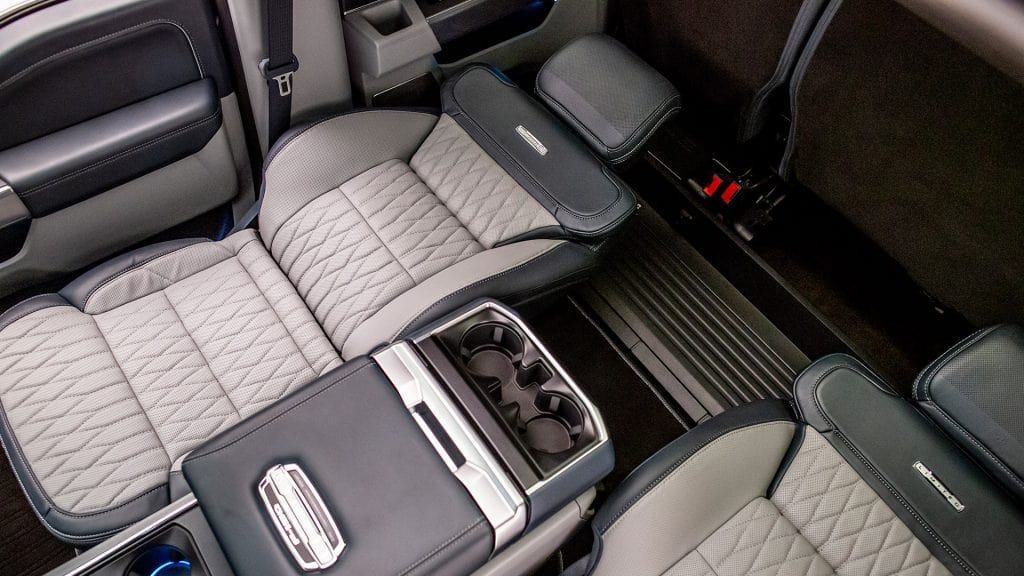Xenon Headlights: Functions and Benefits
Cars these days have brighter headlights than cars in the older days. But when you drive at night, you might have noticed that not all headlights cast the same illumination. You will see everything—from white to yellowish and blue-tinted glow. This happens because of the bulbs inside the headlights. Xenon headlights are one type of the few that modern vehicles use. They provide brighter illumination than the standard halogen bulbs.
What Are Xenon Headlights?
The name has come from Xenon gas that is used inside the bulbs. Also known as high-intensity discharge or HID bulbs, they generate bright white light that enhances nighttime vision.
These bulbs are different from the widely-used halogen bulbs and don’t fit in a standard headlight socket. Their illumination is almost 90% brighter, allowing the drivers to get a better visual of the roads at night.
HID bulbs have Xenon gas inside that emits a bright white light when an electric arc passes through it. They last longer than their halogen counterpart due to having no metal filament that can heat up and burn out.
Each Xenon bulb has a ballast that controls the start-up by delivering up to 30kV of high-voltage pulse inside the bulb. This massive electrical charge supercharges the gas and increases the temperature by a huge margin. It stirs the metallic salts in the bulb and vaporizes them, assisting with creating a bridge between the two electrodes. This chemical reaction helps the Xenon bulbs to light up.
Once the bulb reaches its optimum brightness, the ballast controls it by regulating the power supplied to the system. It creates a stable electrical arc between the electrodes by ensuring a constant voltage supply.
The interesting thing is that despite being called a Xenon bulb, Xenon gas is used only at the initial illumination state. Inside the bulb are other gases that get ionized and take the place of Xenon for delivering light. For this reason, it always takes a few seconds for Xenon headlights to start casting light.
What are the Benefits of Xenon Lights?
Why would anyone want to use these headlights in their car? After all, they are more expensive than halogen headlights and require more repair money for fixing a defect.
Produce Brighter Light
Standard halogen bulbs are not very bright and produce a yellowish light, which is not comforting for the eyes. A 35-watt halogen bulb delivers illumination at 1,400 lumens, while a similar Xenon bulb produces around 3,500 lumens. Besides, Xenon bulb’s color temperature is between 4,000 and 6,000 Kelvin, which is in the range of natural daylight. So, installing Xenon headlights means you will get bright lights on the road while driving at night or in the dark.
SEE MORE
Cast Light Further and Wider
The stronger illumination of these headlights can cast light a lot further ahead of your vehicle, which keeps you safe at higher speeds. How? Suppose you are driving at 70mph, so your car will cover nearly 32 meters every second. During such speedy situations, a pair of headlights covering extra distance are quite handy. You can recognize an anomaly from far ahead and can press the braking pedal on time.
They cast light not only further but wider too, which means illuminating a larger section of the road ahead of you. The widespread flash is particularly helpful for spotting cyclists or animals. The dim patches of halogen headlights won’t even come close in comparison.
More Energy Efficient
Like the super energy-efficient LED bulbs, Xenon bulbs also use less energy compared to the bright illumination they produce. Sure, they consume a little more when starting up, but the consumption is a lot less than halogen headlights at the time of operation.
Longer Lifespan
An LED system excels in all other systems when it comes to longevity. It can provide a whopping 25,000 hours of service. Xenon headlights are far behind than LEDs with up to 5,000 hours of life, but they are better choices than a halogen system that lasts only from 400 to 600 hours.
The Disadvantages of Xenon Lights
In addition to the higher retail price and maintenance costs, Xenon lights have a few more downsides.
Retrofit Installation Kit
If your car has halogen headlights and you want to give it an upgrade by replacing them with Xenon bulbs, you need to purchase a full retrofit kit. You may need professional help for the installation because incorrect angles of the lights will blind other drivers.
Headlight Washer
You need to purchase a headlight washer too to keep the headlight casing squeaky clean. It consists of small wipers and a high-pressure screenwash jet. The illumination that Xenon bulbs produce is sophisticated in nature and can be scattered by dust in the air. Scattered bright light will dazzle other drivers and may cause an accident.
Despite having a couple of downsides, Xenon headlights seem to be a good investment if you are looking for an upgrade from your old halogen bulbs.














